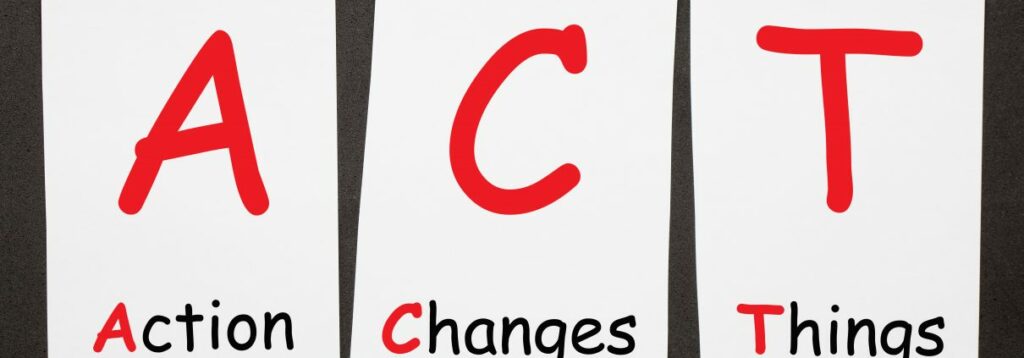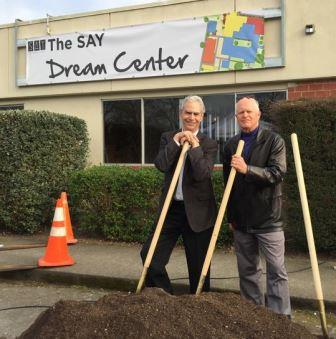Contributed by Amira (Mira) Barger, MBA,CVA,CFRE, PRG Associate Consultant – Philanthropy & DEI
Making nonprofit commitments and crafting ongoing actions towards diversity, equity and inclusion.
“When you believe niceness disproves the presence of racism, it’s easy to start believing bigotry is rare, and that the label racist should be applied only to mean-spirited, intentional acts of discrimination. The problem with this framework—besides being a gross misunderstanding of how racism operates in systems and structures enabled by nice people—is that it obligates me to be nice in return, rather than truthful. I am expected to come closer to the racists. Be nicer to them. Coddle them.”
― Austin Channing Brown, I’m Still Here: Black Dignity in a World Made for Whiteness
It feels too quiet and back to normal (whatever “normal” is supposed to mean right now). It’s been exactly 88 days since May 25th, 2020. On that day, the world received a wake-up call to racial injustice as many watched the murder of George Floyd. The video circulated in the midst of conversations already being had regarding the killing of Ahmaud Arbery, and suddenly America became acutely aware of the pain and outrage that many of us (Black people, Indigenous people, People of Color = BIPOC) have shouldered for lifetimes – our lived experience. Because the sad realization is, George Floyd is one of many. The question becomes – so what?
- So what? You posted the words “Black Lives Matter” and other heartfelt messages.
- So what? Your board members matched employees’ donations to orgs fighting racism.
- So what? You held a town hall to discuss racial injustice.
- So what? You even hired a Diversity, Equity, and Inclusion consultant and/or staff role.
With all due respect: So what?
Not with an indifferent or dismissive tone, but, rather, so, what NOW? One might argue that it is even more vital for us (the nonprofit sector) to find the answers to this question. Many of our organizations exist by virtue of the failed systems, policies, practices, behaviors, and beliefs that disproportionately impact BIPOC. The nonprofit sector serves to fill the gap for communities left behind – for those marginalized, underrepresented, and vulnerable due to the racism and upheld inequities rampant in our culture.
The last time I had your attention (Part 1 in this series), I noted that performance art was not welcome in the fight against racial injustice. There are no Emmys, Oscars, or Tony awards handed out around here. I provided you with a series of questions that nonprofit organizations must be asking of themselves and the sector as a whole. Inquisition, of course, must then be coupled with active listening and followed by ongoing commitment to change. A long-held truth of individual and institutional behavior is – you change what you measure, and you measure what you incentivize.

If you as a leader, a board member, staff member, donor, or volunteer are ready to take sustained action, a prudent starting place looks like this:
- Listening Tour
- Take this time to conduct structured individual or small group conversations with all staff. Use the concerns, needs, and information you gather to guide how you update or build your DEI strategy.
- The history of racism in this country must inform our strategy. Commit to listening and learning from anti-racism educators. Then work with those educators to formalize anti-racism as part of your training. From top to bottom, in staff onboarding, volunteer orientation, and even board member recruitment, anti-racism must permeate the entire culture of the organization.
- Specific Commitments
- Share your data. What does the gender, race/ethnicity, seniority representation look like within your organization? Don’t be shy or hide it in a corner on a dusty old desk. Pull the data and share it with all stakeholders. Then communicate the ways you will immediately work to address the deficiencies.
- Increase BIPOC representation on your Board of Directors, your Executive Leadership, and at ALL talent levels. Representation at every opportunity matters and focusing on your glaring gaps will help to gain momentum toward sustained efforts in service to equity.
- Accountability Body
- Sharing your data is one step towards accountability. It provides measurable proof of your commitment to impacting the equity challenges found across the nonprofit sector as a whole. It will take our collective action to dismantle the broken systems and reconstruct them in a way that reflects our promise to change moving forward.
- Where we place our investments will tell the world what we value. Provide your DEI and ERG groups with people resources, financial resources, and access to every level of leadership and power. No table, seat, or decision is off limits to them – if you are serious.
The truth is that the path towards justice and equity for all is messy and requires consistent dedication. In due diligence you’ll set a plan, read a book, have a meeting, and vote(!). More than anything else, we need you to dig deep, stand tall, and stay ready for a fight – because we cannot simply hope for niceness to drive racism away. It is too deeply embedded. We have to demand it as if our own lives were at stake, calling out to our mothers as we gasp for our last breath.
So…what NOW?
Your homework until next time:
Read: Managing Unconscious Bias
Read: Awake to Woke to Work: Building a Race Equity Culture
Watch: Verna Myer Ted Talk
Watch the New York Times 1619 Project: https://www.nytimes.com/column/1619-project
Take this free test from Harvard University and learn more about your personal levels of unconscious bias: Implicit Association Test


